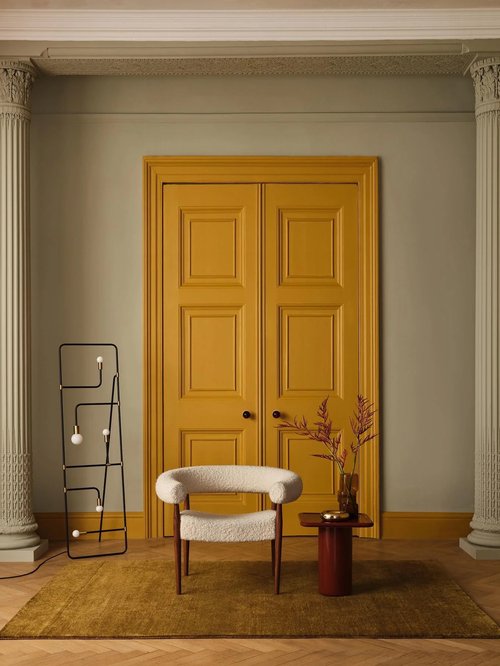
4 min read
Color Theory in Practice
In this introductory guide, WLLW explores the influence of colors within the home and how they can transform your living space.
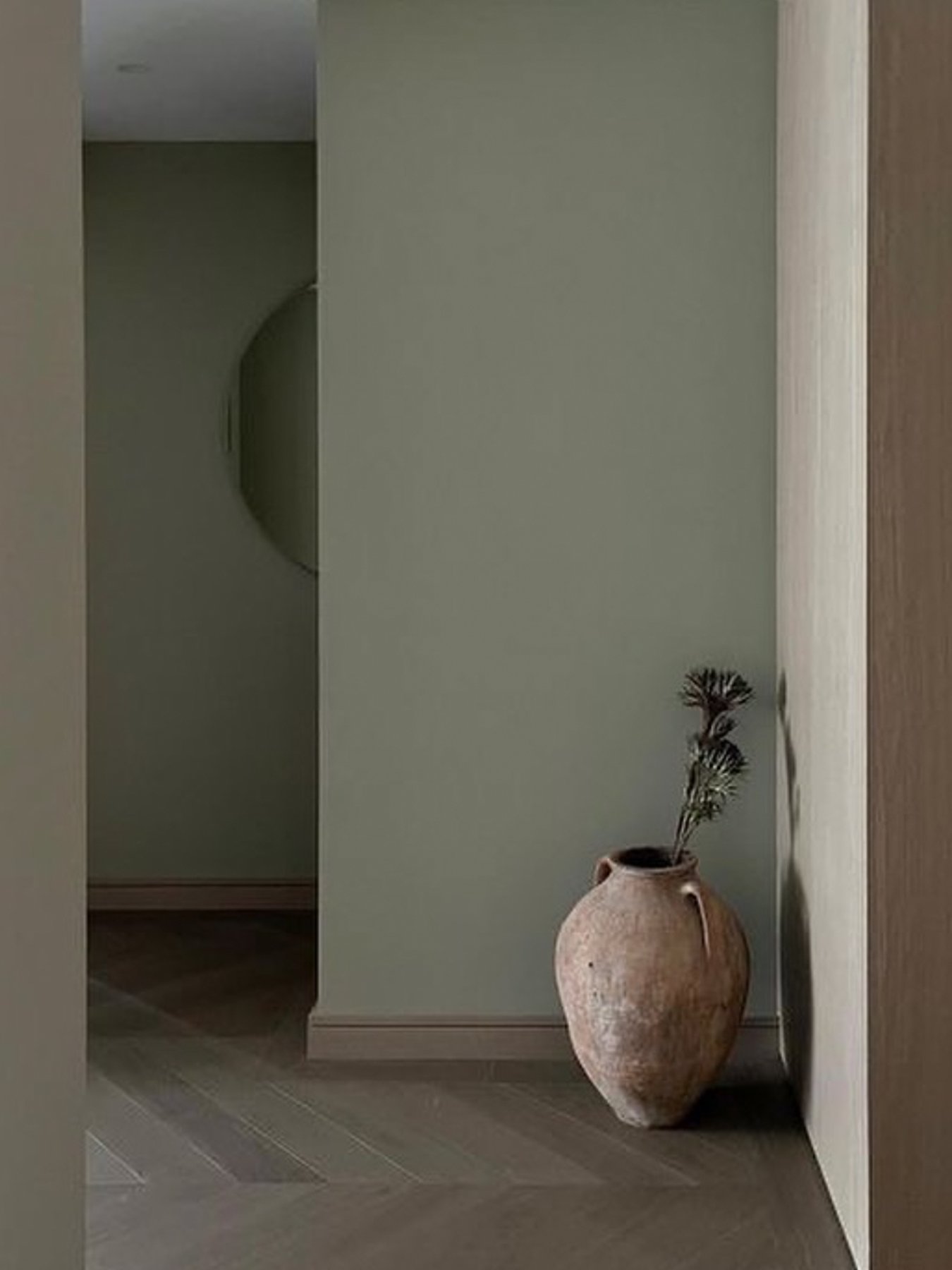
4 min read
WLLW explores how the color palettes we select can impact our moods and set a tone for our homes.
For centuries, humans have been entranced by color. The Ancient Egyptians adorned tombs with vibrant blues and greens, believing these hues held the power to usher souls into the afterlife. Chinese emperors donned robes of regal purple, a color signifying not just wealth, but a connection to the divine. In the modern era, pioneers such as Le Corbusier have shown us how color plays a significant role in evoking emotions and creating spatial illusions. Today, science is catching up with intuition, thanks to the field of color psychology which explores the interplay between color and our emotions. It sheds light on how color can impact us – our moods, behaviors and wellbeing.
Unlike color theory, which focuses on the technical aspects of color harmonies and visual effects, color psychology delves into the more fluid aspect of our emotions and behavior. It suggests that carefully selecting the color scheme of a home can positively impact mental health.

Blue, a ‘cool’ color, speaks of the vast expanse of sky and the depths of the ocean. A study found that participants performed tasks requiring attention to detail more efficiently when exposed to blue surroundings. The color lowered blood pressure and enhanced focus. The research suggested that blue promotes a sense of focus, peace and productivity. Another study from the University of British Columbia found that blue environments can lead to increased creativity, while another found that a blue-hued room can lead to more restful night’s sleep, making it an excellent choice for a bedroom.
Green is another cool color and has the ability to bring calm and reduce stress. Ubiquitous in nature, ‘green therapy’ – spending time among green foliage and landscapes – is often touted as a remedy for all kinds of ailments. Science suggests that even just seeing this color in the form of paint on walls or leaves on trees can have therapeutic effects. Those specializing in color psychology believe that humans consider green to be the color of ‘health’ and it has a calming effect on the nervous system. It is often employed in hotels, restaurants and waiting rooms for the purpose of putting people at ease.
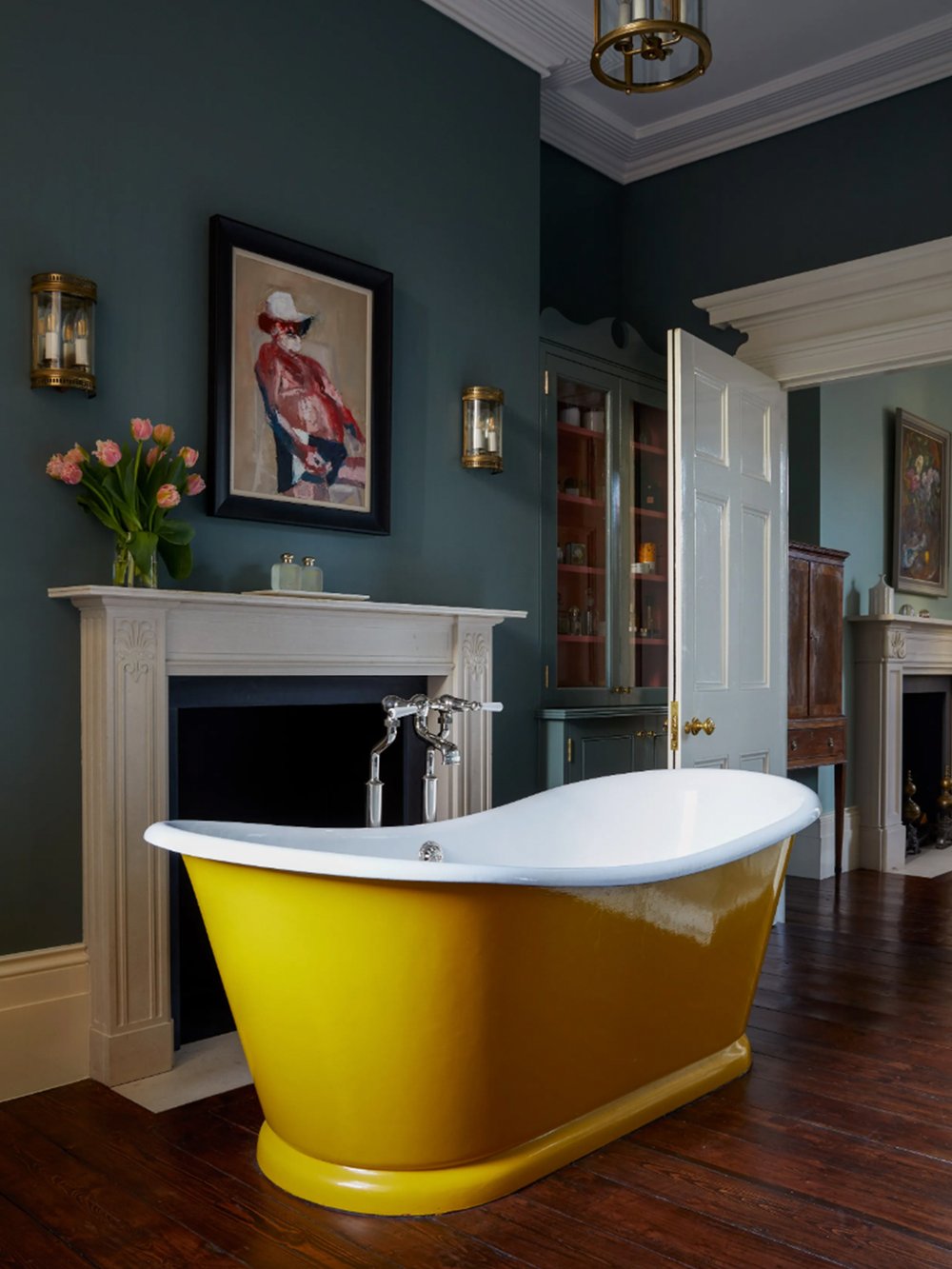

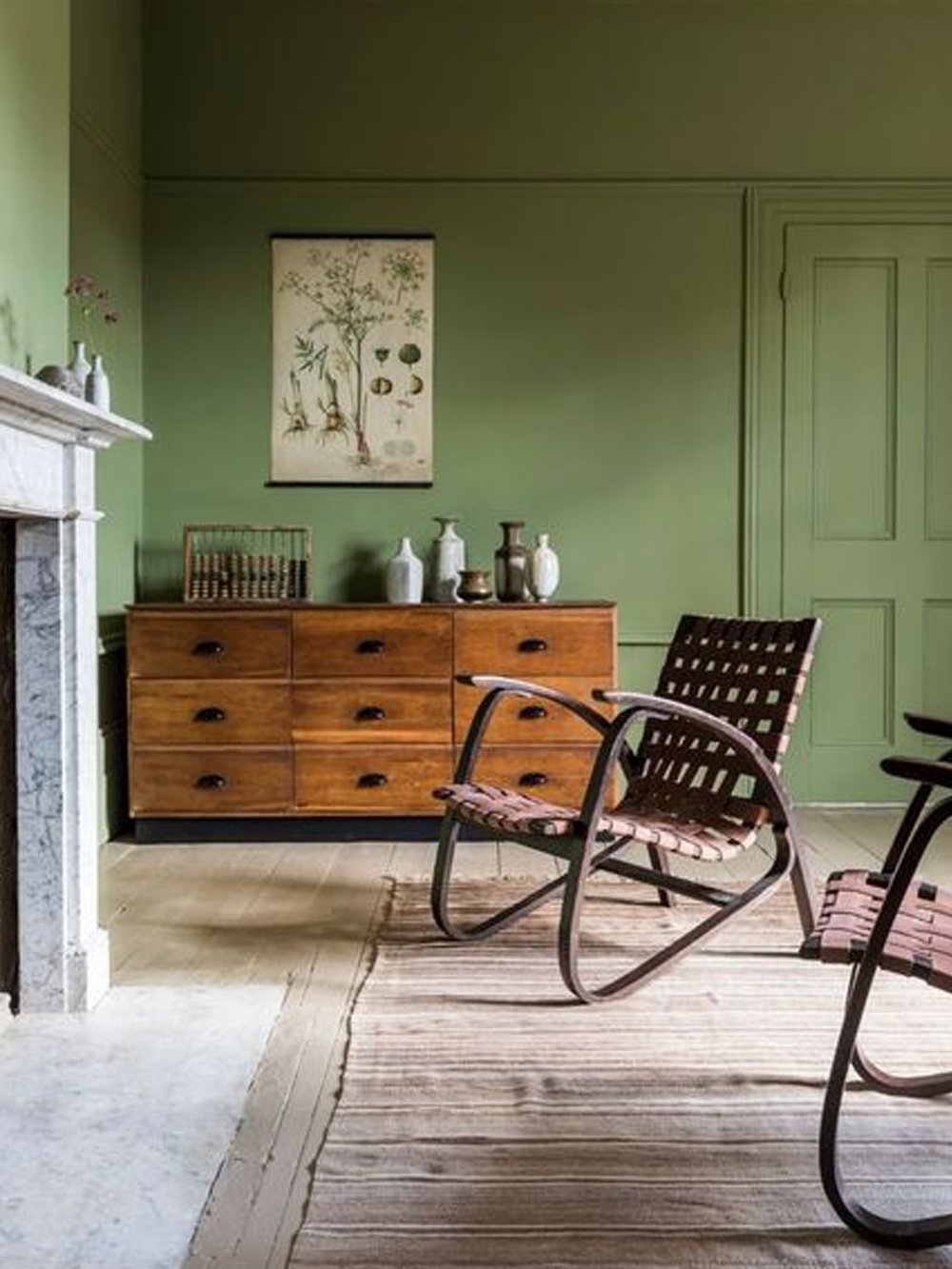

Longer wavelength colors such as vibrant reds, yellows and oranges evoke different emotions than their cooler counterparts. Cultural influences play a role in their effects; red signifies love in the West but good fortune in China, for example. However, there are some universal messages that such colors tend to transmit. Red represents power, passion, warmth and sexuality. Deep, muted red tones are thus well suited to rooms which are used in convivial settings, such as dining rooms and snugs.
Yellow conjures ideas of sunshine and Spring, and it figures then that, in the color psychology world, it boosts a sense of cheerfulness. It quickens the pulse and ignites the senses. In one study from Leatrice Eiseman’s book, ‘Color: Messages and Meanings’, yellow was described as “psychologically the strongest color,” and its “color-mood associations being comedy, a happy mood and playfulness.” Within the citrus range, orange also adds an upbeat tang to a space. When it comes to the home, these colors might be a good choice in a bathroom, where they can chase away morning grogginess or add a spark of creativity to a home office or kitchen.
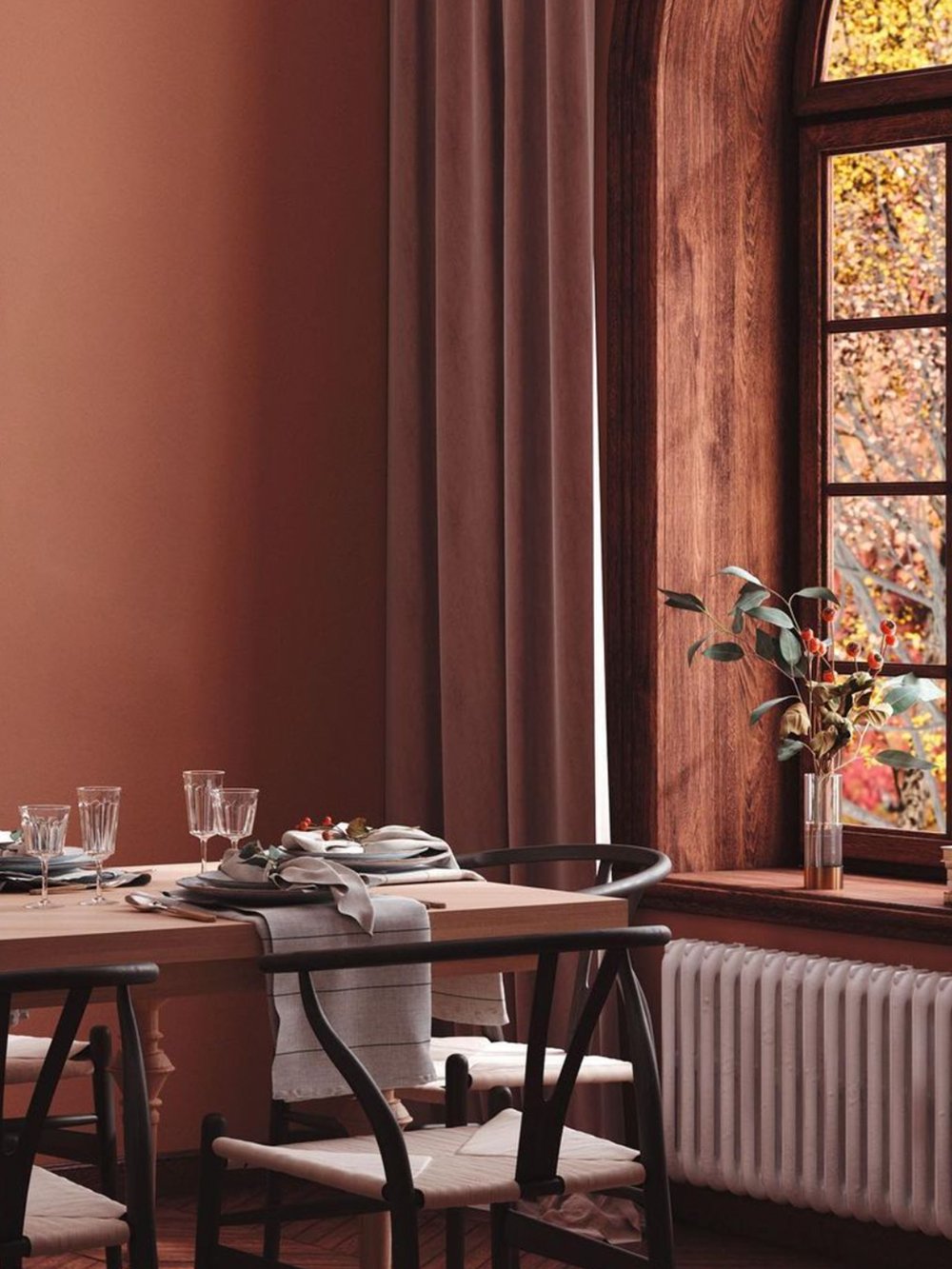

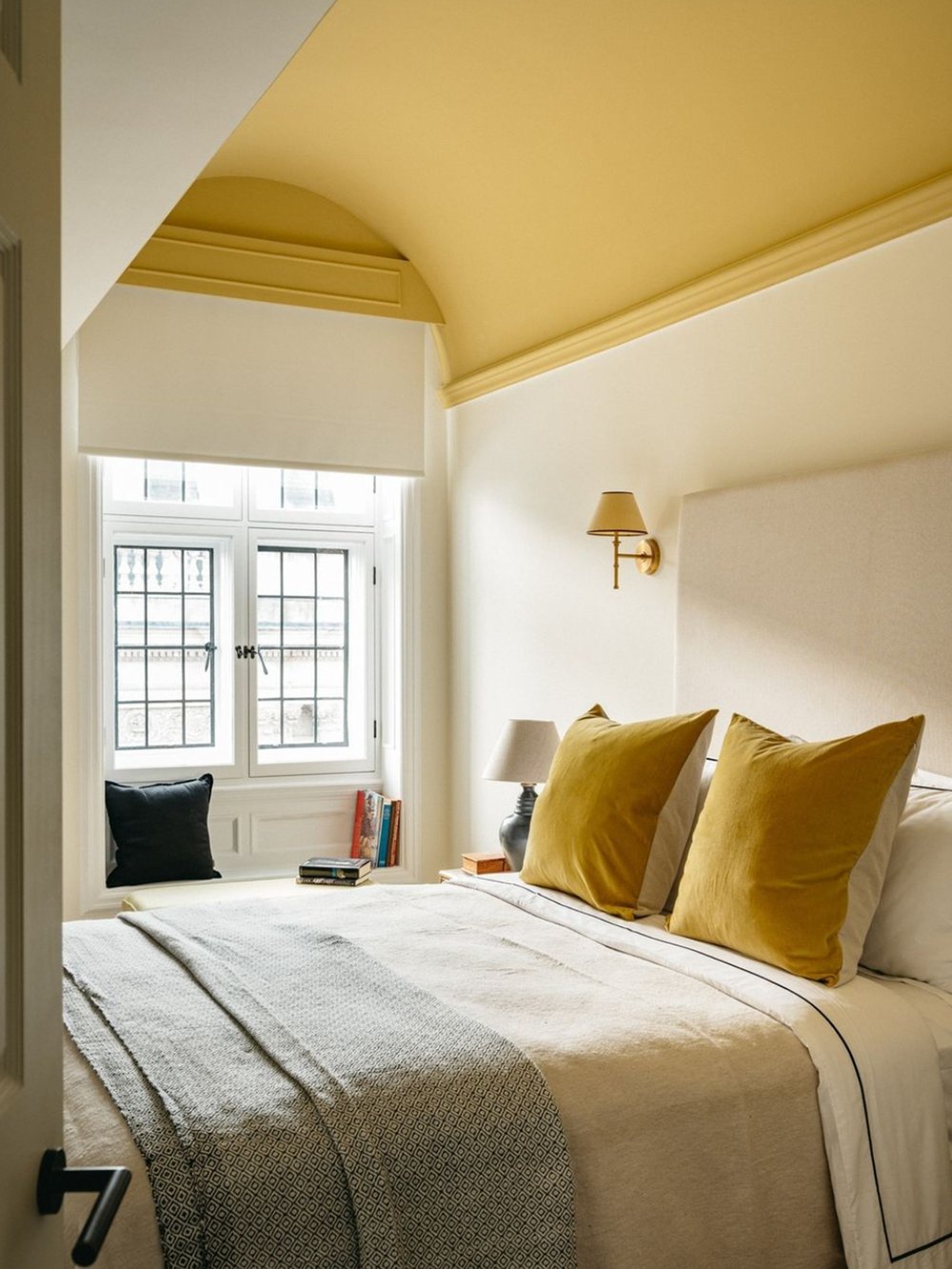
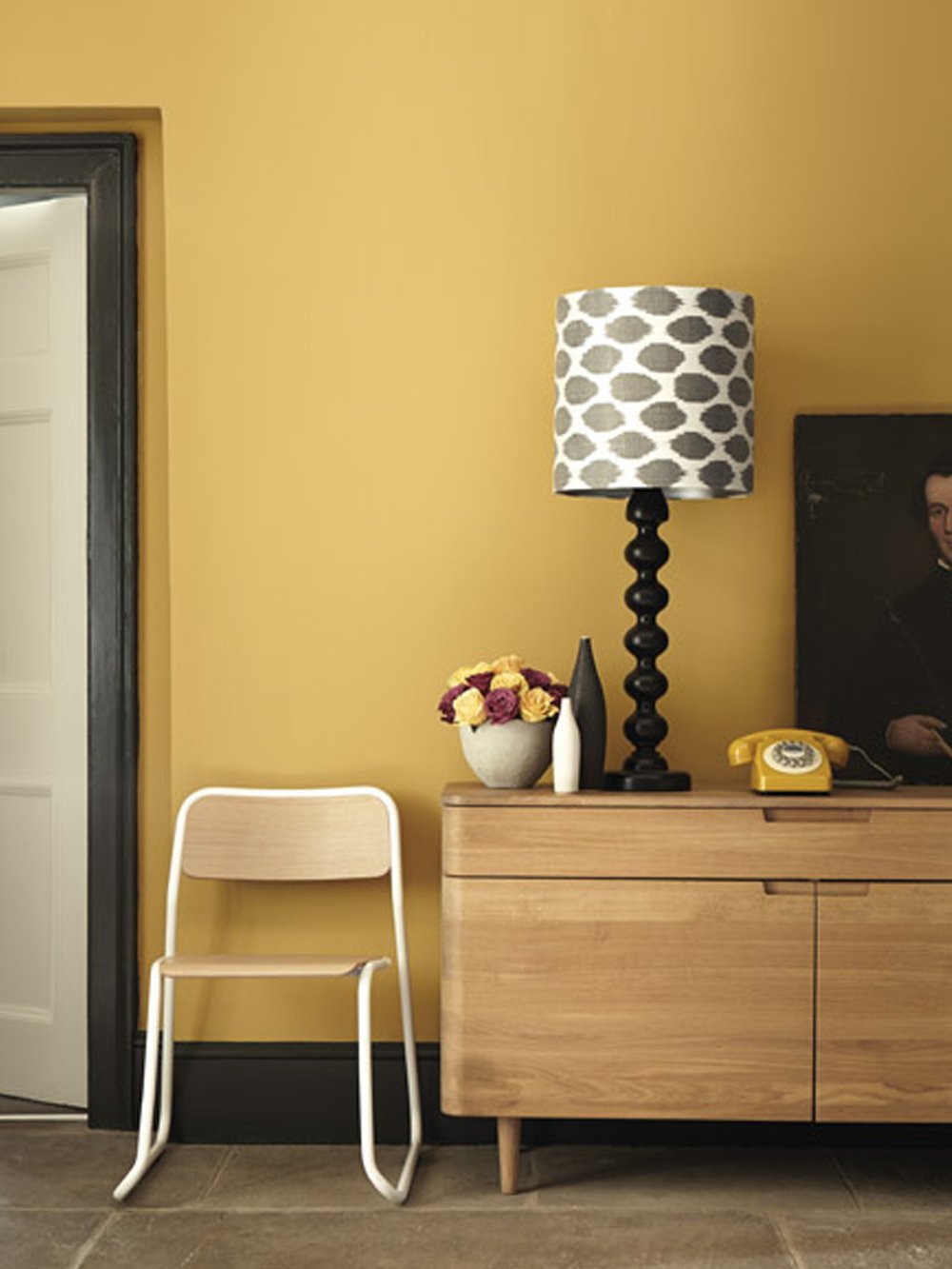
Varying shades of colors can evoke distinct emotional responses and psychological effects in individuals. Lighter shades, such as pastels and softer tones, often convey feelings of calmness, serenity and a sense of openness. A case in point is Baker-Miller Pink, a particular shade of pink which has been studied for its supposedly calming effects. The shade was used at the Naval Correctional Facility in Seattle and it was shown that painting jail cells this color reduced aggressive and violent behavior among inmates.
On the other hand, darker shades, such as deep blues, rich purples or bold browns, tend to evoke feelings of depth, mystery and intensity. They can create a sense of coziness and intimacy and invite introspection. Understanding the impact of lighter versus darker color schemes can be crucial in designing environments that cater to specific emotional needs, whether fostering a peaceful ambiance or creating a more dramatic setting.
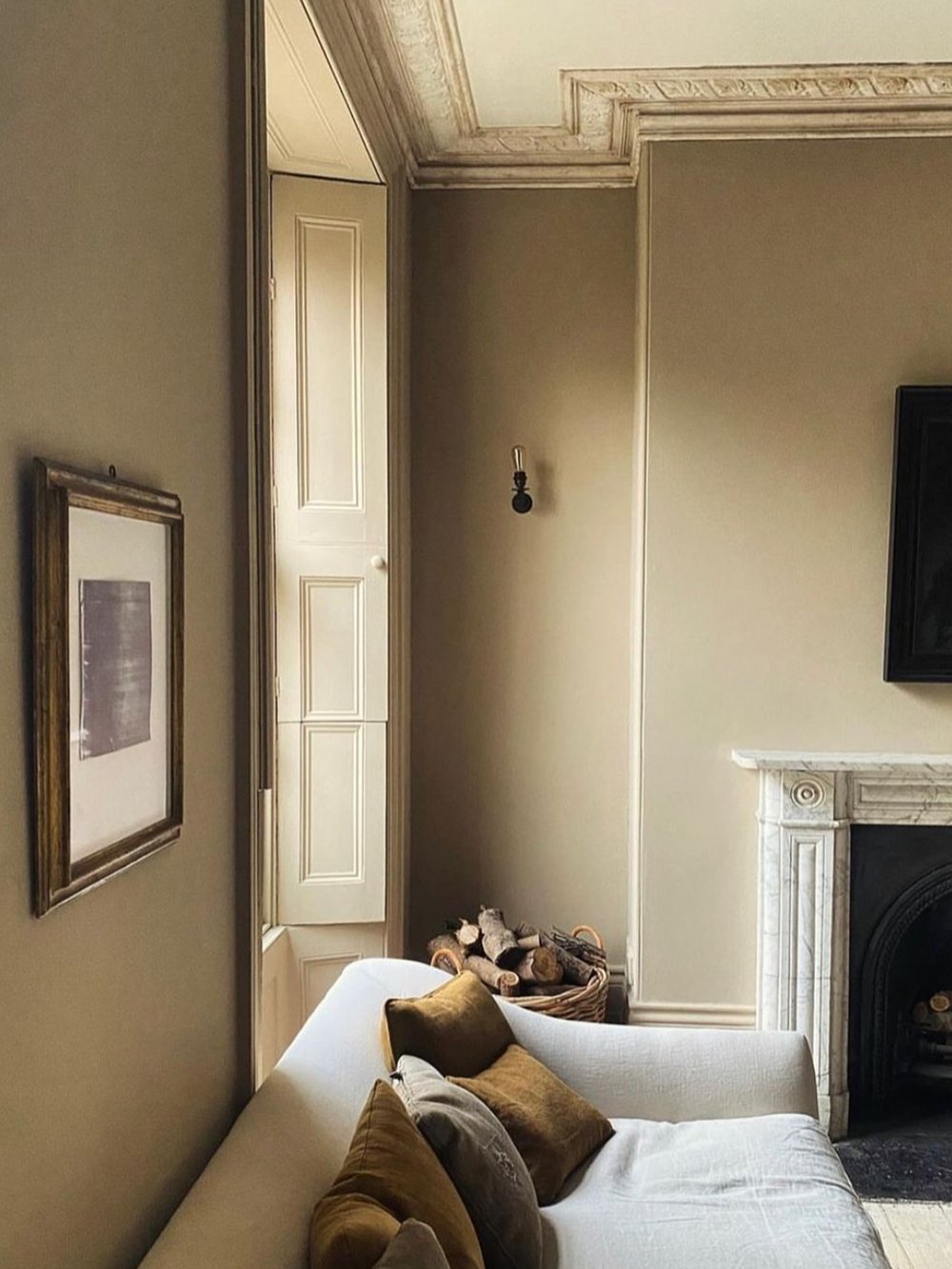
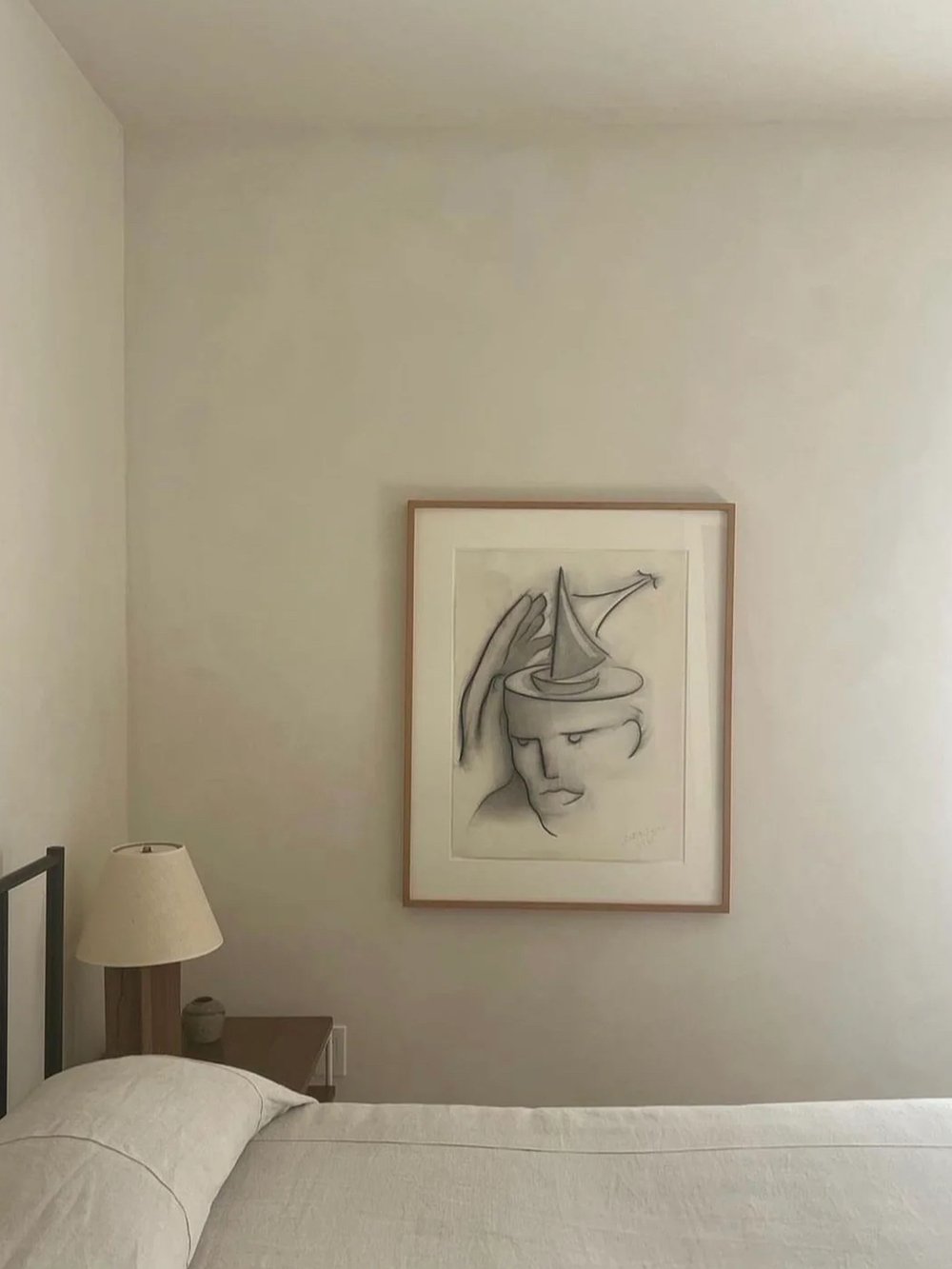
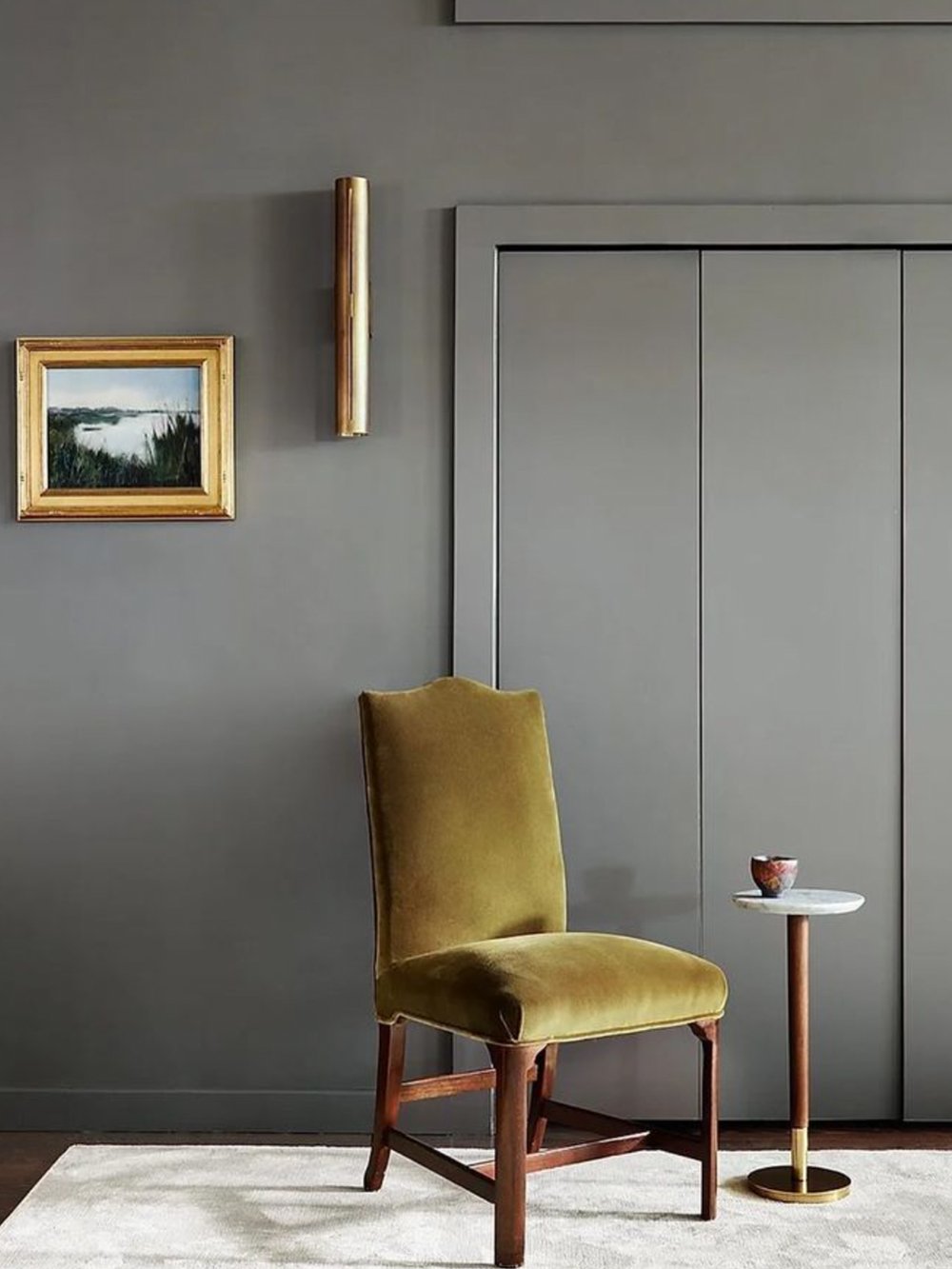
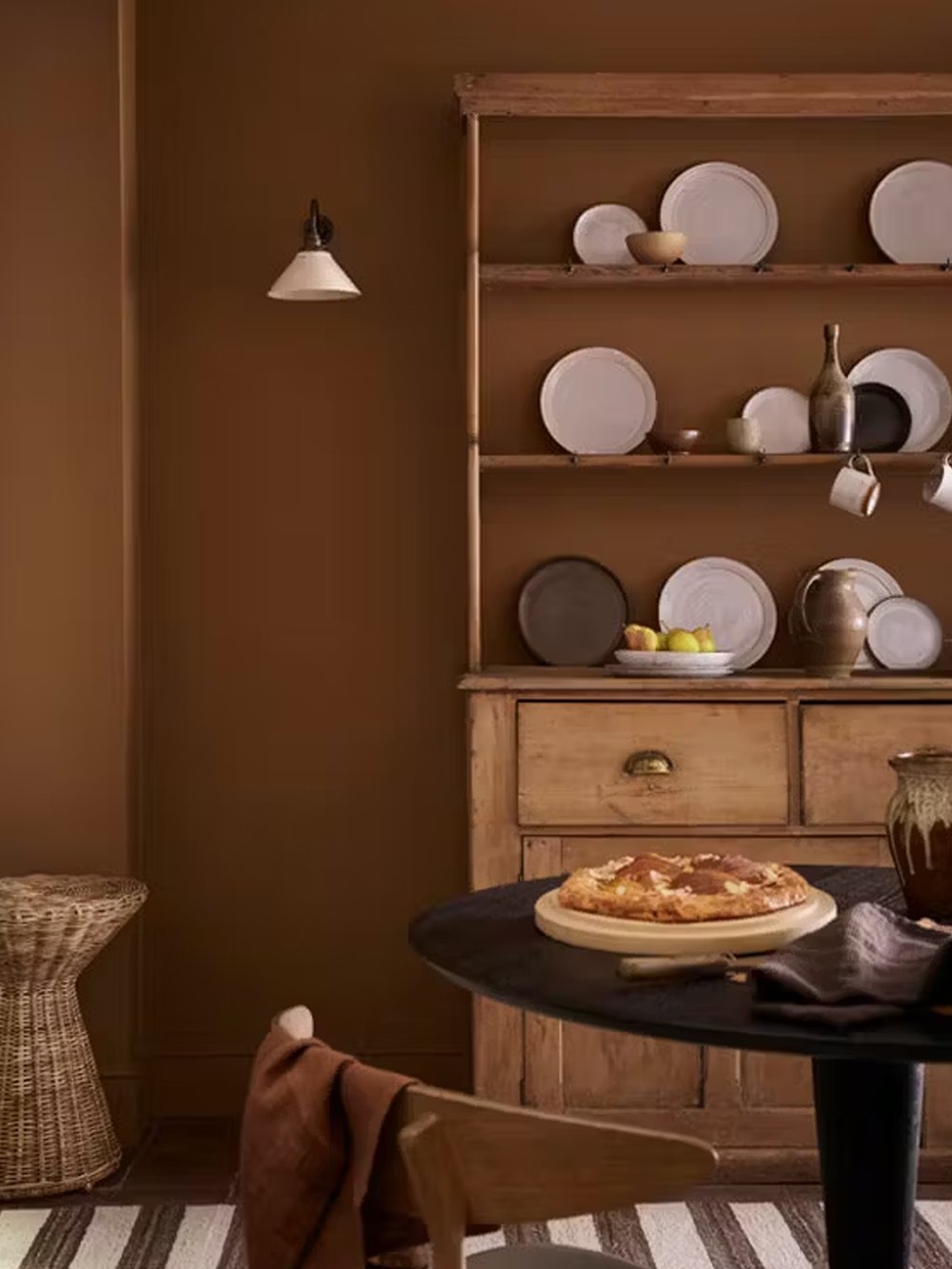
When it comes to color selection in the home, it is important to consider the interplay between different hues. Complementary colors, those situated opposite each other on the color wheel, can create a harmonious aesthetic when used in balance. Bold pairings have a design impact yet should be used sparingly to avoid overwhelming the scheme. Analogous colors – those neighboring each other on the color wheel – have a more calming and cohesive effect.
While color psychology is a field that is yet to be explored fully, it is clear that color goes beyond aesthetics. The next time you need to make a painting decision, remember that you're not just choosing a color; you're selecting a mood or a feeling. Each hue you select for your home will have a specific effect that will set the tone for your life within those walls.
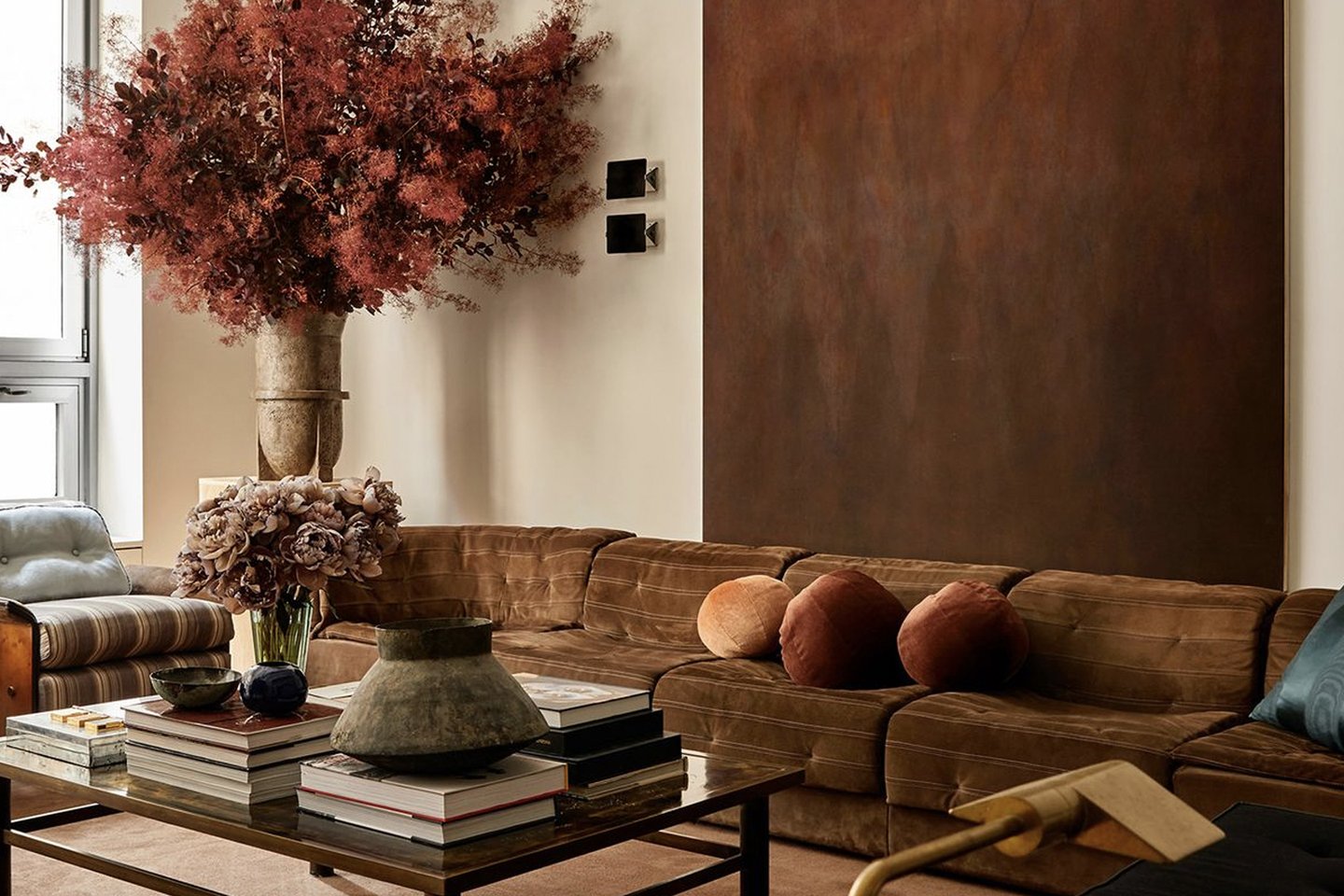
Photography: Jill Wordsworth, Graphenstone, Little Greene, Paul Massey, Alice Patience & Oliver Gough, Merchant & Found, ECOS Paints, Mark Anthony Fox, Edward Bulmer Paint, Color Atelier, Jared Kuzia, Christian Harder

4 min read
In this introductory guide, WLLW explores the influence of colors within the home and how they can transform your living space.
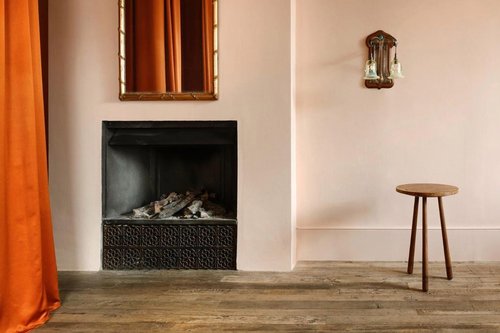
5 min read
WLLW explores the category of mineral paints, and tests four that meet our requirements for creating healthy and sustainable interior spaces.